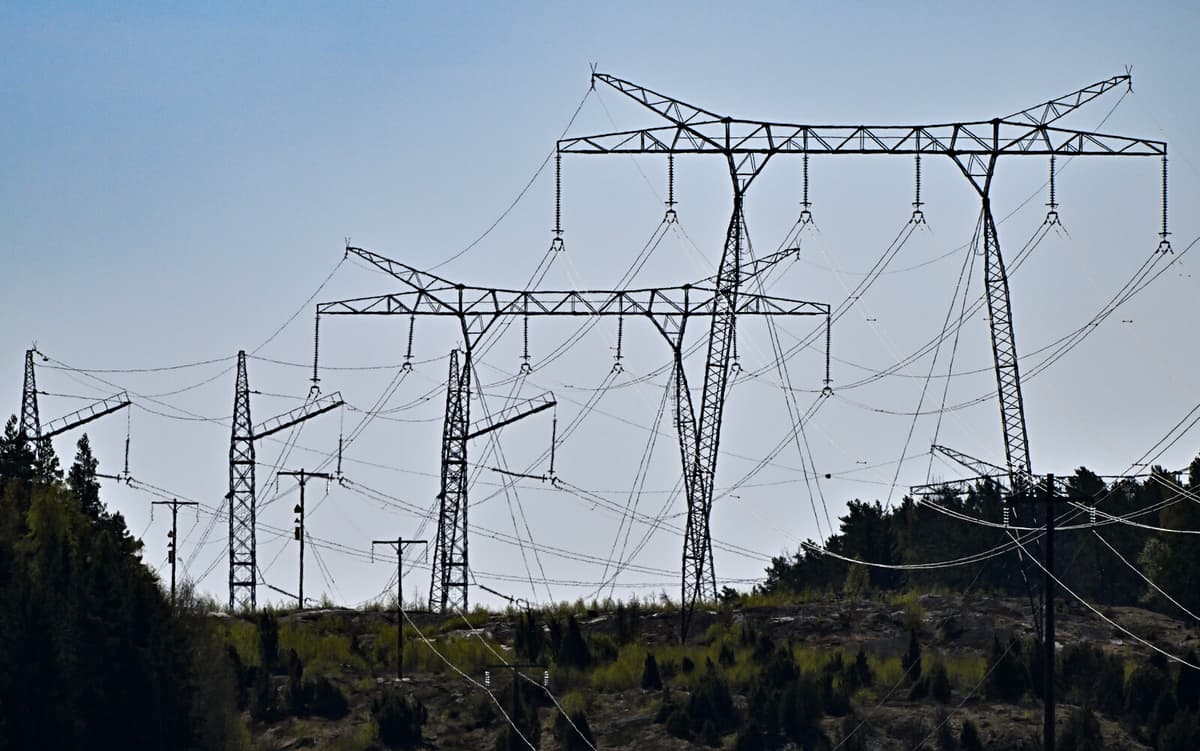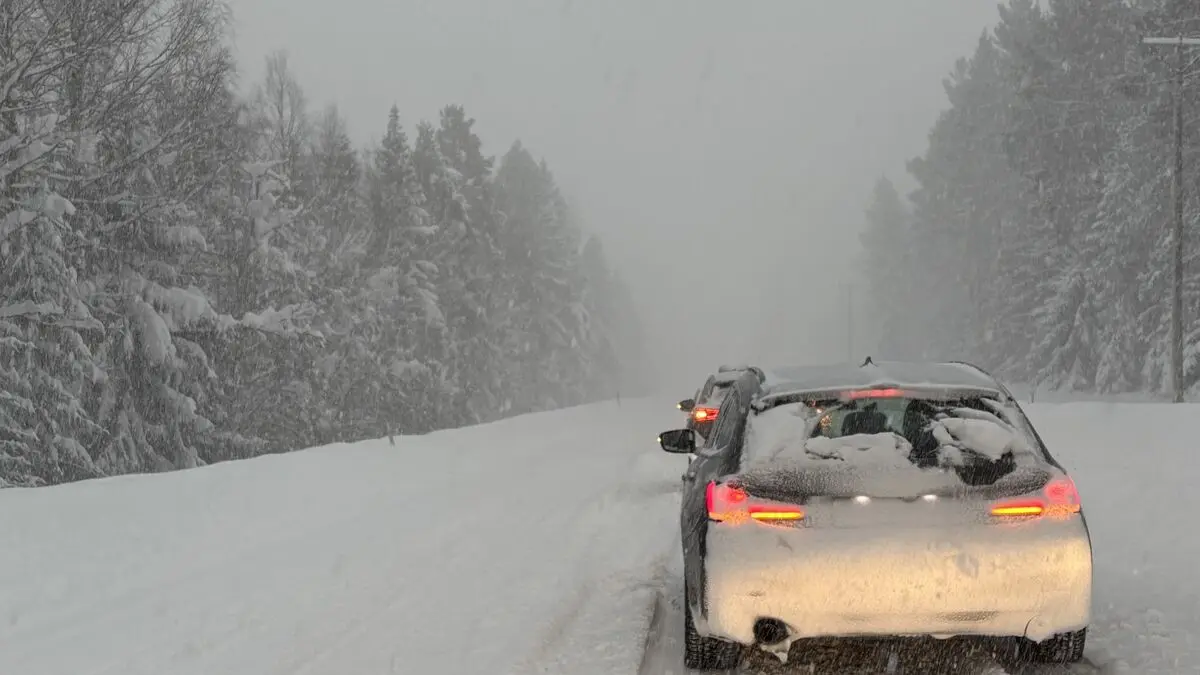In principle, the process has worked as planned, says Erik Ek.
It certainly required an update regarding the links to the continent.
But we were able to keep to the schedule, so all actors had the opportunity to submit their bids and get the results on time. We are very pleased. The market outcome with prices and flows came in good time, says Ek.
"An expected outcome"
In the pricing on the Nordpool electricity exchange, slightly higher electricity prices in Northern Norrland than in Southern Norrland stand out. This was very rare with the previous pricing model, which is now replaced.
An expected outcome, says Ek.
He refers to two and a half years of test runs of the flow-based pricing system, which have shown that the price picture will become slightly more complex – but that the large differences between different electricity areas in terms of electricity prices will be evened out.
Regarding the prices set in Tuesday's bidding on Nordpool – ahead of Wednesday's electricity deliveries – the price difference is explained by the fact that overloaded power lines between Southern Norrland and Central Sweden triggered the start of additional production in Northern Norrland.
Then the price becomes slightly higher in northernmost Sweden, says Ek.
Increased flow to southern Sweden
The purpose of the new flow-based pricing is to make the system smarter with the help of flow data and improve the transfer in the system – between northern and southern Sweden, as well as between Sweden and neighboring countries such as Norway and Denmark.
The hope is that the large price differences between different electricity areas will be evened out.
Looking at the flows, we see that we are able to transfer more electricity in the existing grid than we did the day before. It is primarily down to electricity area 4 (Southern Sweden), says Ek.
According to Ek, it's about "a couple of hundred megawatts more" in flow into Southern Sweden during Wednesday morning compared to Tuesday morning.
That, together with more wind, is what makes the electricity price fall, says he.
He reminds us that the electricity price is still set by bids from market actors, which in turn are affected by things like the availability of nuclear power, water reservoirs, and how much electricity is produced by wind turbines.
More power production from wind farms generally gives low electricity prices throughout Sweden on Wednesday.
The average price for Wednesday lands at 2 öre/kwh in Northern Norrland, electricity area 1, and 0 öre in electricity area 2, Southern Norrland.
In electricity area 3, Svealand and northern Götaland, the price becomes 9 öre. In southernmost Sweden, electricity area 4, Wednesday's average price becomes 13 öre/kwh.
The Nordic electricity market has, for the first time in a live situation – after over two years of testing – run a flow-based capacity calculation of electricity prices.
The purpose is to make the pricing smarter with the help of more data and improve the transfer in the system – between northern and southern Sweden, as well as between Sweden and neighboring countries such as Norway and Denmark.
Criticism has been directed at the new model, which gives higher electricity prices generally in Sweden, among others from Svenskt Näringsliv and the industry organization Energiföretagen. And the Social Democrats' energy policy spokesperson has urged the government to pause the implementation to make a better evaluation.






